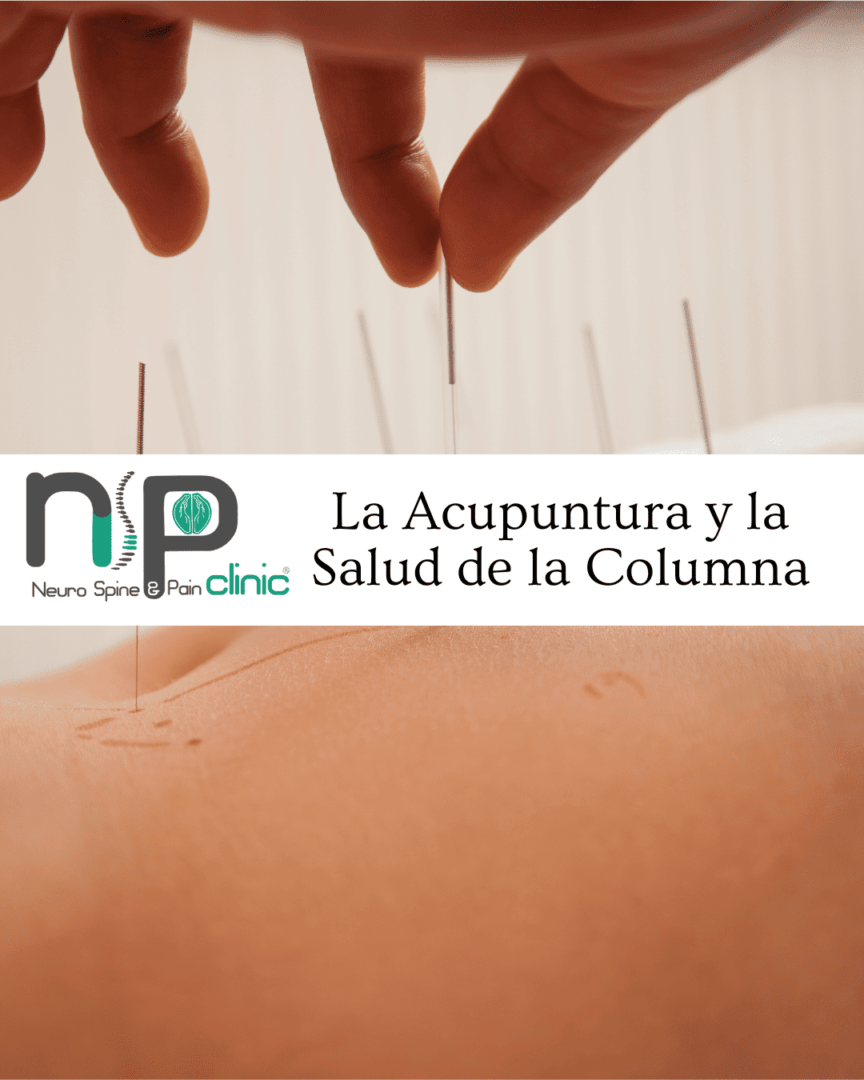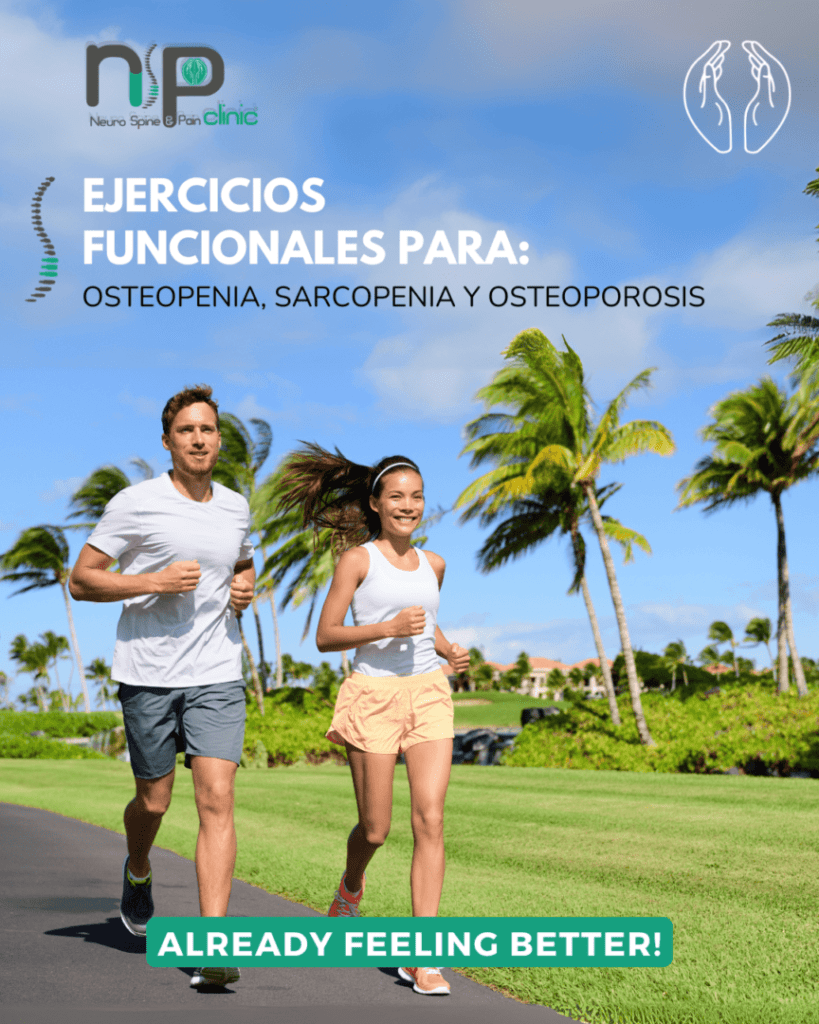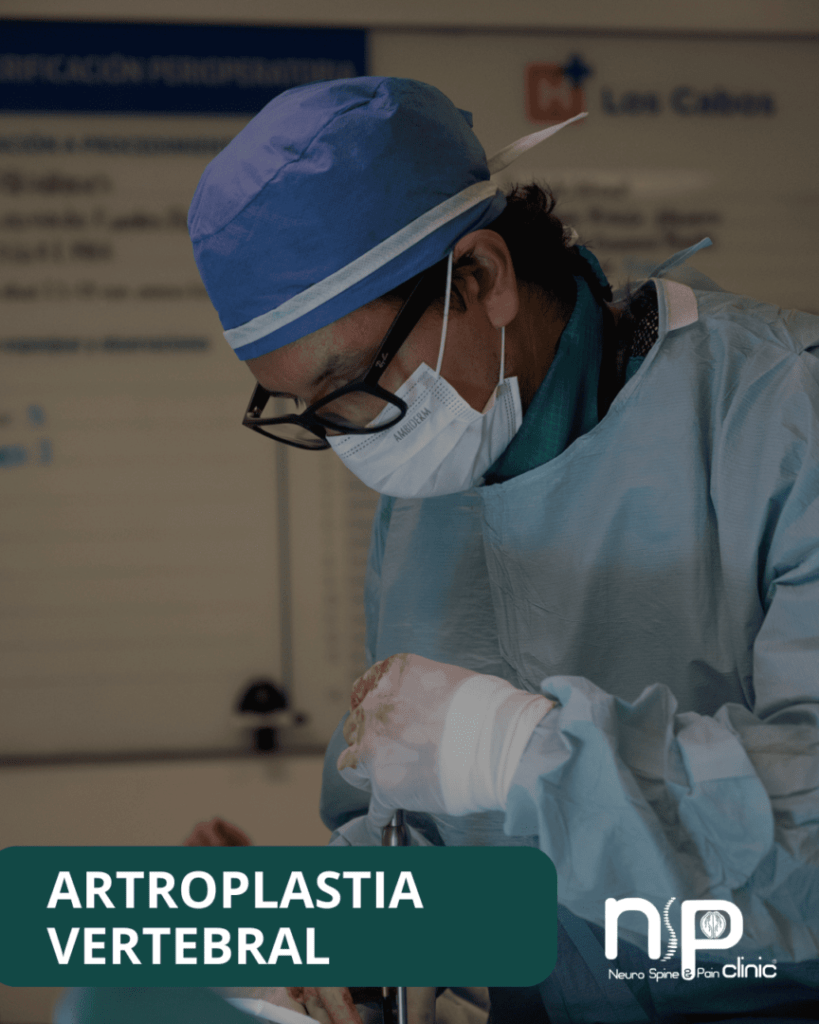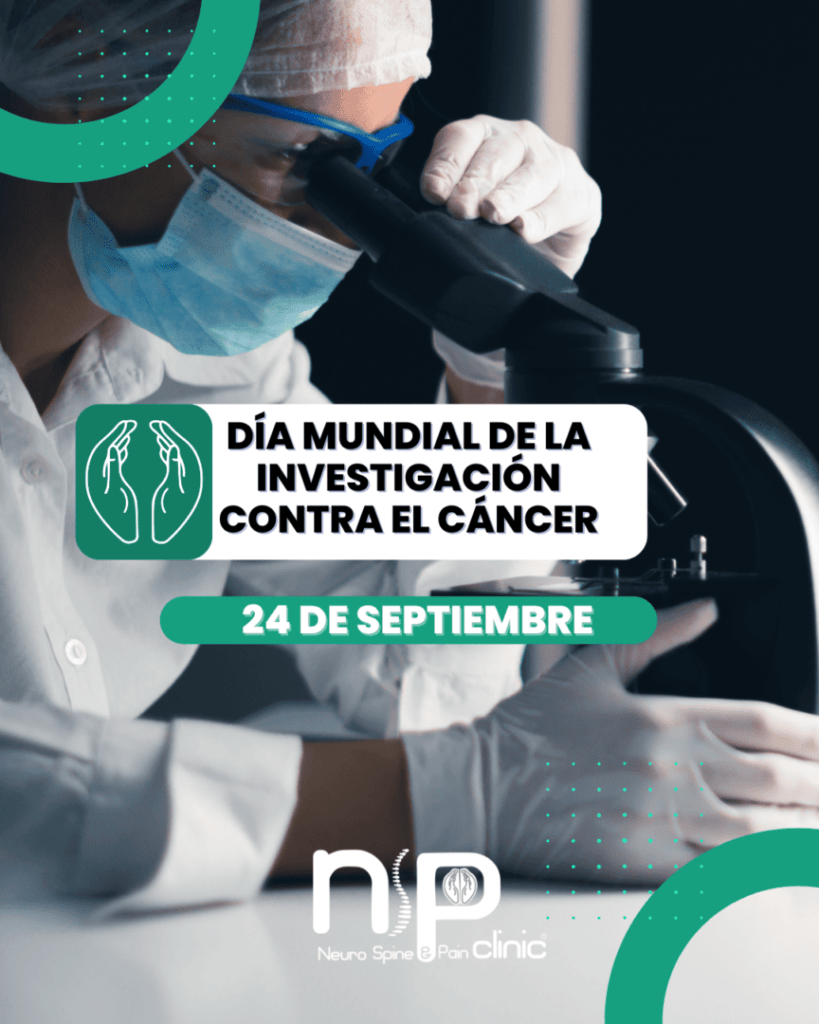Dr. Vanessa Riojas – First contact doctor
Peripheral vascular disease (PVD) is a condition that affects blood vessels outside the heart and brain. It includes a variety of disorders that affect blood flow to the extremities, such as the legs and arms. In this blog, we will explain the various aspects of peripheral vascular disease, including its definition, causes, symptoms, diagnosis, treatment and prevention.
What is peripheral vascular disease (PVD)?
Peripheral vascular disease refers to a group of disorders that affect blood vessels outside the heart and brain. It typically involves the narrowing or blockage of arteries or veins due to the buildup of fatty deposits, known as atherosclerosis. PVD can affect blood flow to the legs, arms, and other peripheral areas of the body.
Causes of peripheral vascular disease:
Several factors contribute to the development of peripheral vascular disease:
- Atherosclerosis: The most common cause, where plaque buildup narrows and blocks the arteries, reducing blood flow.
- Diabetes: High blood glucose levels can damage blood vessels and increase the risk of PVD.
- Smoking: Tobacco use is a major risk factor for PVD as it damages blood vessels.
- Hypertension: Uncontrolled blood pressure can lead to vascular damage.
- High cholesterol: High cholesterol levels can promote the formation of plaques in the arteries.
- Family history: A genetic predisposition may increase the likelihood of developing PVD.
- occupations that require a lot of time standing.
Symptoms of peripheral vascular disease:
Symptoms of peripheral vascular disease can vary depending on the location and severity of the obstruction. Common symptoms include:
- Pain or cramps in the legs, especially during physical activity (intermittent claudication).
- Numbness, itching, or weakness in the legs.
- Cold or pale extremities.
- Ulcers or wounds that do not heal.
- Changes in skin color or texture.
- Erectile dysfunction in men.
- leg edema
Diagnosis of peripheral vascular disease:
Diagnosis of peripheral vascular disease usually involves a combination of medical history, physical examination, and diagnostic tests, which may include:
- Ankle-Brachial Index (ABI): A simple test that compares blood pressure in the ankle and arm to evaluate blood flow.
- Doppler ultrasound: This test uses sound waves to create images of blood flow in the affected area.
- Angiography: Contrast dye is injected into the blood vessels, and x-rays are used to visualize blood flow.
- Computed Tomography Angiography (CTA) or Magnetic Resonance Angiography (MRA): Advanced imaging techniques to evaluate blood vessels.
Treatment of peripheral vascular disease:
Treatment of peripheral vascular disease aims to control symptoms, slow disease progression, and reduce the risk of complications. Treatment options may include:
- Lifestyle modifications: Quit smoking, control diabetes, and adopt a heart-healthy diet.
- Medications: Prescribed to control blood pressure, lower cholesterol, and prevent blood clots.
- Exercise therapy: A structured exercise program to improve circulation and reduce symptoms.
- Endovascular procedures: Minimally invasive procedures, such as angioplasty and stenting, to open narrowed arteries.
- Surgery: In severe cases, bypass surgery may be necessary to redirect blood flow around clogged arteries.
Prevention:
Preventing PVD involves addressing risk factors and adopting a healthy lifestyle. Key preventative measures include:
- Smoking cessation.
- Annual review with laboratory studies to rule out: diabetes, hypertension and high cholesterol or triglycerides.
- In diagnosed patients, adequate control of diabetes and high blood pressure.
- Maintaining a balanced diet low in saturated fats and cholesterol.
- Regular physical activity.
- Maintaining a healthy weight, decreasing body fat and increasing muscle.
Peripheral vascular disease is a common condition that can have a significant impact on a person's quality of life. Understanding its causes, symptoms, diagnosis and treatment options is essential for both patients and healthcare professionals. By addressing risk factors and seeking timely medical care, people can effectively manage PVD and reduce the risk of complications, ultimately leading to better vascular health and quality of life.
More NSP Clinic Blogs: https://www.nsp.clinic/blog-nsp/











